yuan
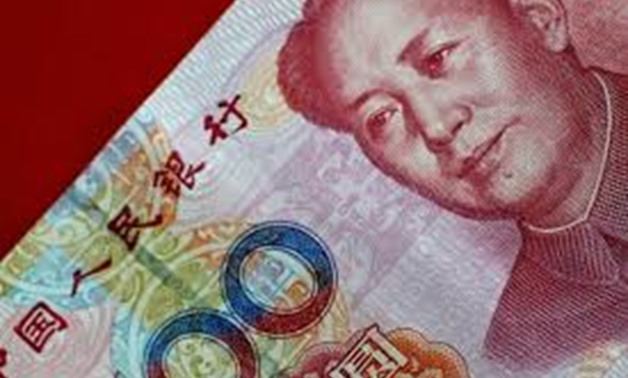
China will fend off cross-border capital flow risks and continue to open up its foreign exchange market, the forex regulator said on Sunday.
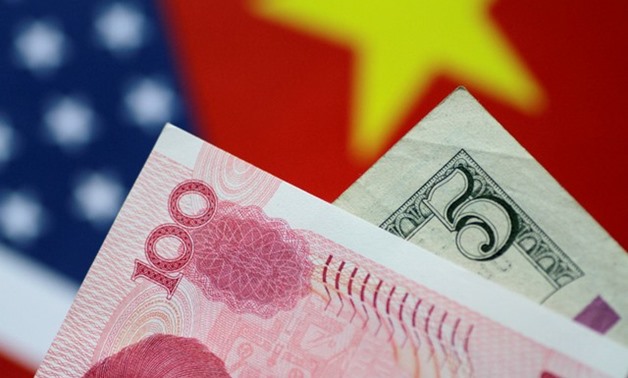
Egypt plans to issue an international bond in either the Chinese, Japanese or South Korean currency in the coming fiscal year starting in July.
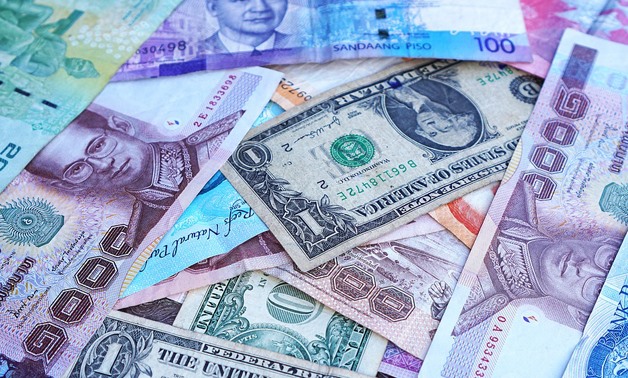
The Australian dollar was the surprise loser after Australia’s central bank left the door ajar for a possible cut in interest rates.
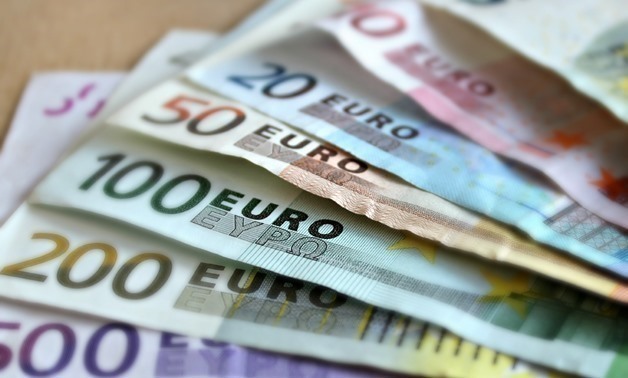
For currency markets, that meant a rebound in the Aussie, long seen as a proxy for China given Australia’s export industries, and China’s yuan.

In offshore markets, the yuan rose 0.4 percent to as strong as 6.7195, its best level since Feb. 1.
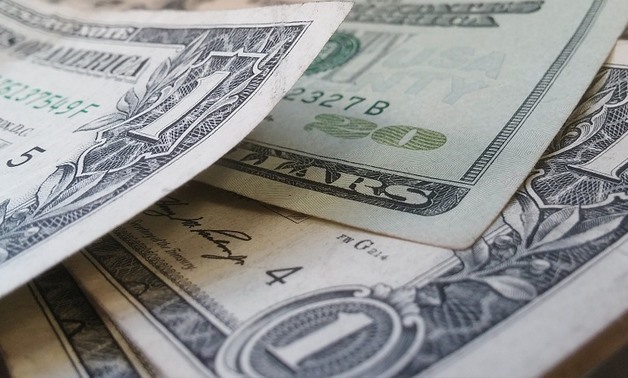
With much of Asia out on holidays this week, the dollar also took heart from the recently concluded trade talks between China and the United States with the dollar set for its biggest two-day rising streak against the yuan in a year.
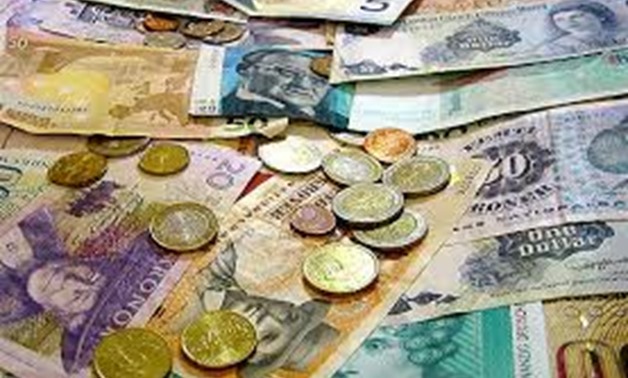
The data took its toll on the Australian dollar and New Zealand dollar, which both fell more than 0.4 percent.
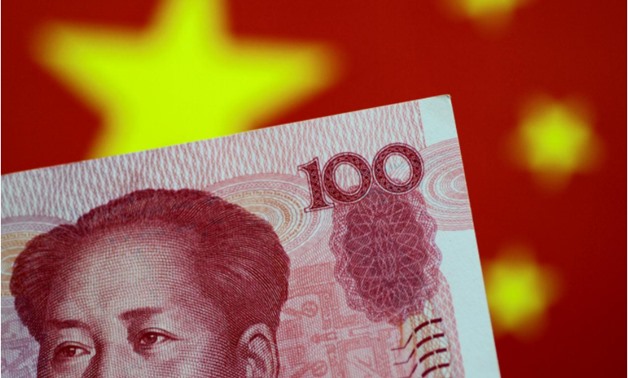
China's foreign exchange reserves fell slightly more than expected in August as the dollar extended gains and Beijing took steps to stabilize its yuan

The yuan showed some stability early in the week and paused its steep downtrend after the central bank moved to put a floor under the currency as the trade war with the United States grinds on.
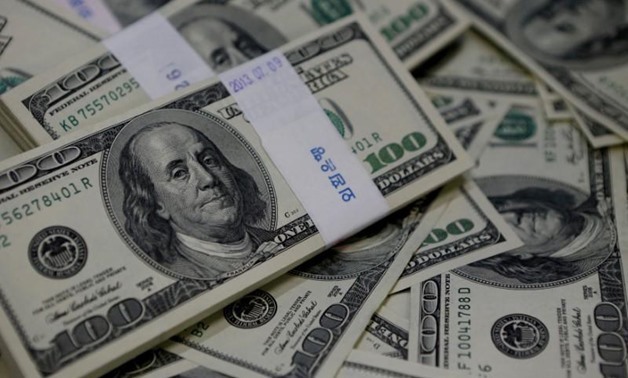
Powell made the case that gradual rate hikes are the best way to protect the U.S. economic recovery and keep job growth as strong as possible and inflation under control.

President Donald Trump, in an interview with Reuters last week, had accused China of manipulating its currency to help cushion the blow from U.S. tariffs on Chinese imports.
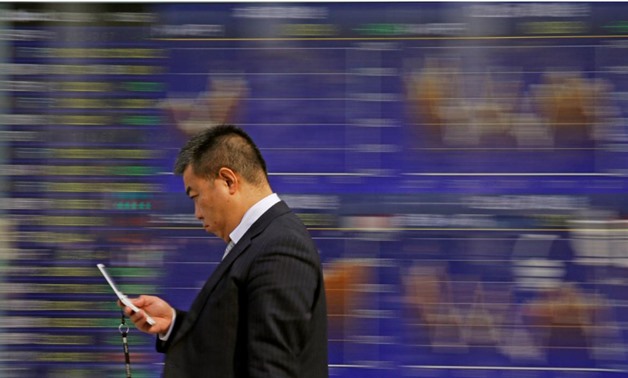
Spreadbetters pointed to a mildly positive start for European shares with FTSE futures up 0.1 percent. Eurostoxx 50 futures opened 0.3 percent higher.
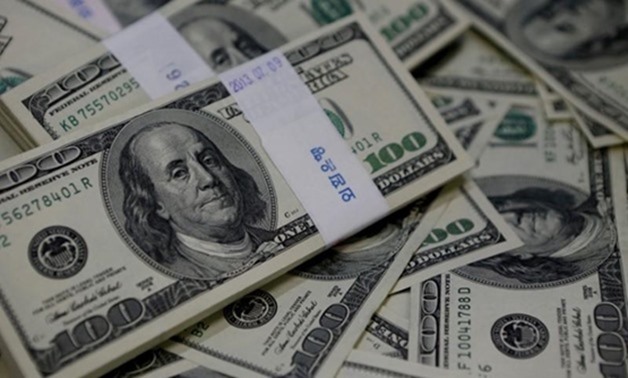
The dollar was about 0.1 percent higher at 95.259, crawling back to a more-than-one-year peak of 95.652 reached on July 19.

U.S. President Donald Trump is looking to ratchet up pressure on Beijing for trade concessions by proposing a 25 percent tariff on $200 billion worth of Chinese goods.

Asian equities also sold off, bringing a recent rally in markets as investors focused on the relative strength of the global economy to a halt.

The dollar index against a basket of six major currencies was 0.15 percent lower at 93.877.
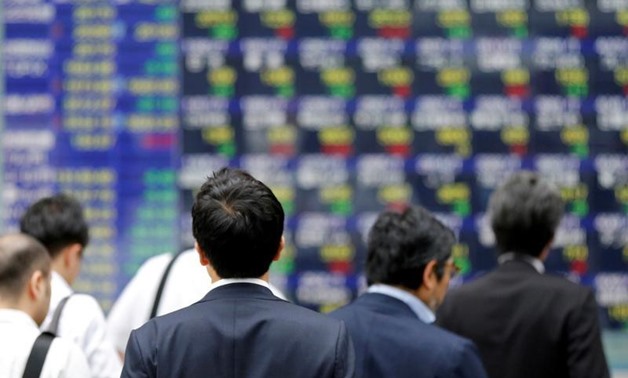
Spreadbetters expected European stocks to open little changed, with Britain’s FTSE flat, Germany’s DAX 0.02 percent lower and France’s CAC down 0.1 percent.
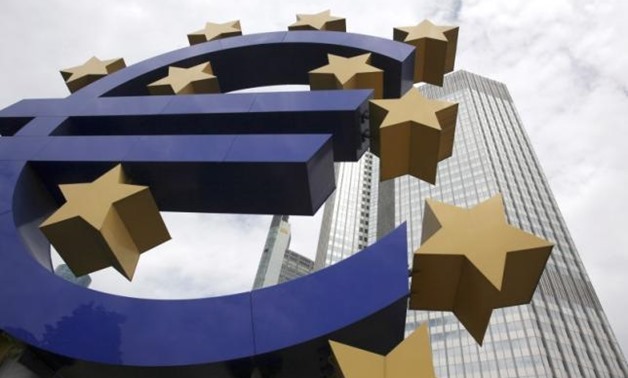
The yuan was the big mover, gaining 0.8 percent as the Chinese currency continued its recovery from an 11-month low after the central bank took steps to stem its rapid slide.
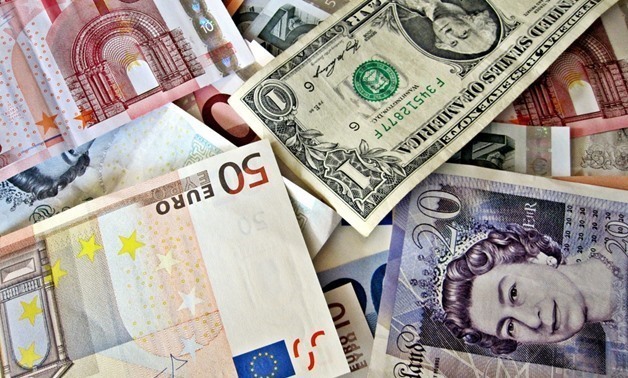
“Because countries like South Korea and Taiwan do export quite a high portion of their overall exports to China, as part of goods for China to re-export.”
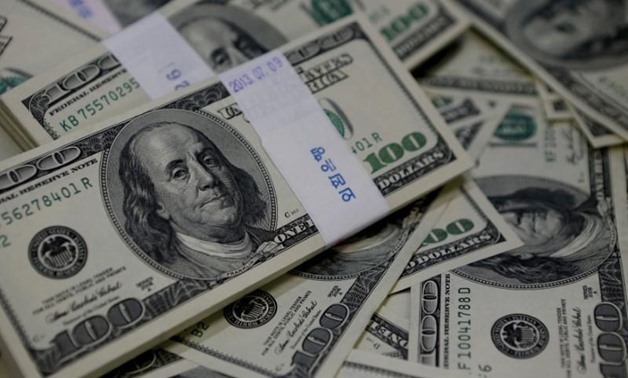
Demand stoked by the looming end of 2018’s first half was seen supporting the dollar, which was not dented by lower U.S. yields and a slide in Wall Street shares.